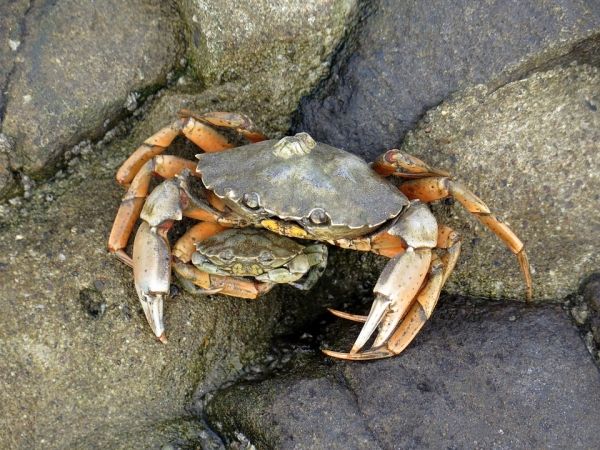For many marine animals, like the Dungeness crab, seasonality and timing are components of complex life cycles, where disruptions can have serious implications for the population. Understanding how climate change will impact each life stage is no small undertaking when considering all variables and moving parts in a changing environment. Despite these challenges, this information is vital for sustainable fishery management and to inform new conservation strategies.
A team of researchers from the University of Washington, the National Oceanic and Atmospheric Administration (NOAA), Simon Fraser University, and the University of Connecticut Department of Marine Science including Ph.D. student Halle Berger, Assistant Professor Catherine Matassa, and Assistant Professor Samantha Siedlecki, looked at the Pacific Northwest portion of the Dungeness crab fishery, which spans from Alaska down to Southern California. In a paper published this week in AGU Advances, they determined which life stages are most vulnerable, and to which stressors.
This research is part of a regional vulnerability assessment and collaboration funded by the NOAA Ocean Acidification Program. It also investigates environmental justice issues, says Siedlecki,
“Tribal communities in the Pacific Northwest identify Dungeness as both culturally and economically important species for their way of life. Species are moving but of course tribal communities don’t have the option of moving their land in response. The tribal communities are very interested and motivated to think about ways they can sustain the fishery.”
Read more at University of Connecticut
Photo Credit: SyLaVie via Pixabay


